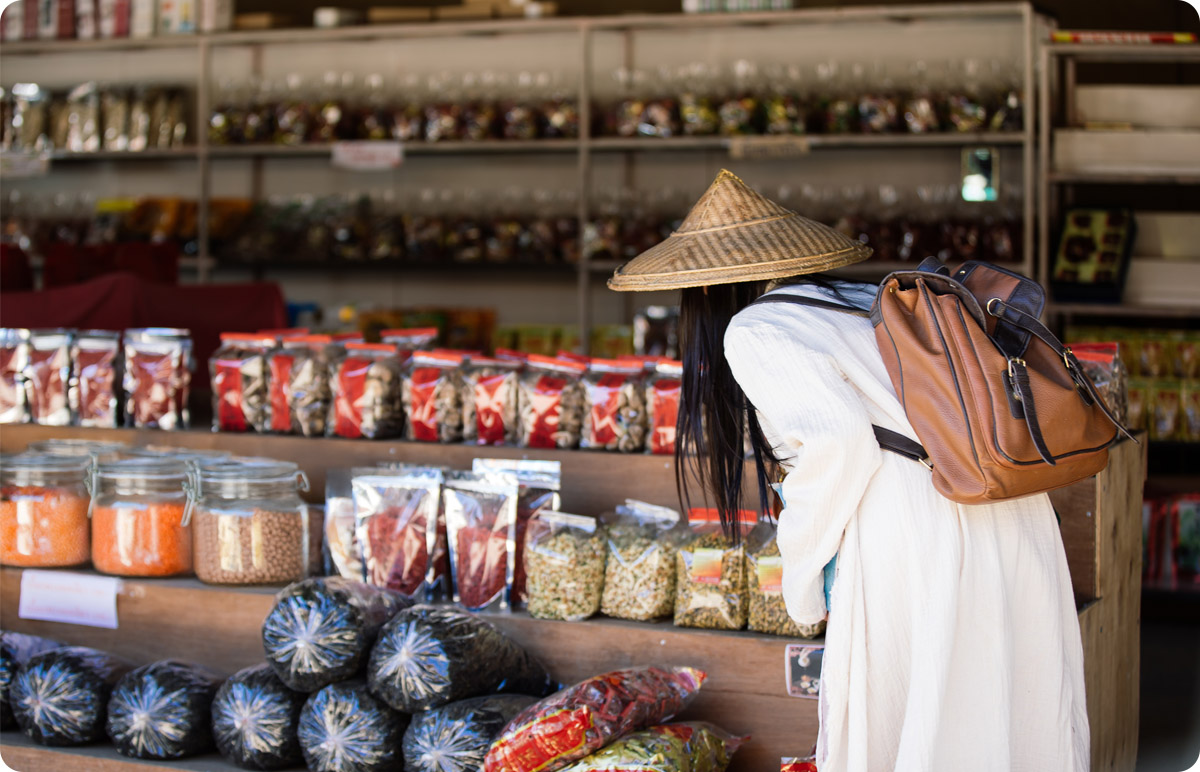October 22, 2025
More than half of humanity lives in the region that now holds the power to reshape how — and what — the planet eats. The latest research positions Asia-Pacific not as a follower of global trends but as the hot spot defining what comes next for food systems transformation, linking public health, climate resilience, and cultural innovation like never before.


From fields to future foods. Asia-Pacific’s pulse producers are anchoring a new era of nutrition and resilience.
If there was ever a place where history and transformation converge, this is it.
The world’s new food story starts in the East. From Seoul’s eco-friendly school lunches — feeding over five million students daily with locally sourced meals — to youth-led agroecology networks in Fiji and Japan, a shared movement is taking shape. It’s one that blurs the line between tradition and tech, building a fertile ground where pulses meet innovation and local crops gain global relevance.
The Lancet Planetary Health report, A Centre of Gravity: Asia–Pacific Leadership in Global Food Systems Transformation, released last week, underscores how over 50% of global food production now comes from the Asia–Pacific region — yet the transition remains uneven. Rapid urbanization and trade liberalization have expanded processing and logistics, but also concentrated corporate power and pressured smallholders. The result: modern diets shaped by ultra-processed convenience foods — now accounting for more than 30% of caloric intake in several East and Southeast Asian cities — coexist with persistent undernutrition and micronutrient deficiencies.

Where pulses meet innovation: the region’s traditional staples are fueling the next wave of sustainable diets.
Amid this tension, pulses are emerging as quiet disruptors. Long embedded in regional cuisines from India’s dals to Indonesia’s tempeh, they’re reclaiming their role as nutrient-dense, climate-smart proteins. With new procurement models where schools, hospitals, and public institutions commit to local sourcing, lentils, mung beans, and chickpeas could become the backbone of healthier, lower-carbon diets. The report cites South Korea’s public procurement strategy, which already links 70% of school meals to domestic, planet-friendly producers, and notes that similar initiatives are spreading across Australia and the Philippines through government pilot programs.
India, the world’s largest pulse producer and consumer, illustrates both the promise and the paradox of transformation. While traditional pulse-based meals remain dietary mainstays, rapid urbanization is shifting consumption toward alt-protein and processed foods. Yet policy levers, from public distribution and school feeding programs to expanding support for pulse growers, position India as a pivotal actor in aligning nutrition goals with sustainability.
The Lancet Asia–Pacific report also highlights a widening divide: as food imports rise and labor shortages deepen, vulnerability to global shocks — from pandemics to climate disruptions — grows. But resilience is being rebuilt from the ground up. Across the Mekong Delta, China, and Pacific Small Island States, digital platforms now connect thousands of smallholders directly with consumers, shortening supply chains and improving food access.
At the same time, new regional initiatives are weaving health and environment into the same policy fabric. The World Health Organization’s Asia–Pacific Centre for Environment and Health (ACE) has launched a five-year strategy to align food, health, and climate policies — from sugar taxes in the Philippines to integrated food–health–climate surveillance in Indonesia. China and Australia are also cited as regional leaders in youth-led agroecology and market digitalization, signaling that innovation is not just local — it’s networked.
And behind every headline trend lies a cultural renaissance: the return of local crops, the valorization of indigenous knowledge, and a surge of consumers demanding transparency, taste and traceability. This is not nostalgia. It’s innovation with roots.
If the 2010s belonged to the West’s alt-meat boom, the 2020s may well be Asia’s era of pulse-powered reinvention. The ingredients are all here: deep-rooted culinary traditions, accelerating innovation, and a political agenda ready to align food, health, and climate — and isn’t this a hint of what progress might taste like?
Disclaimer: The opinions or views expressed in this publication are those of the authors or quoted persons. They do not purport to reflect the opinions or views of the Global Pulse Confederation or its members.